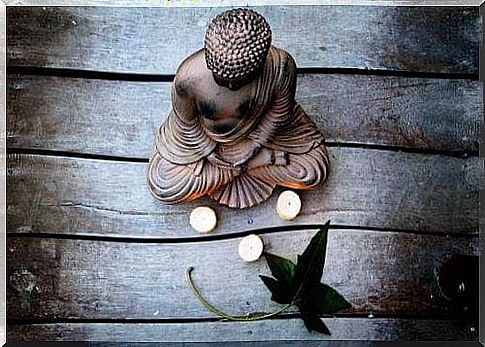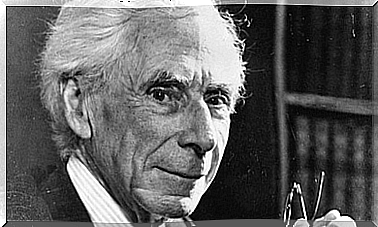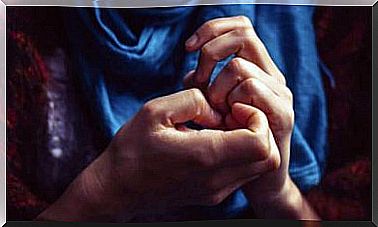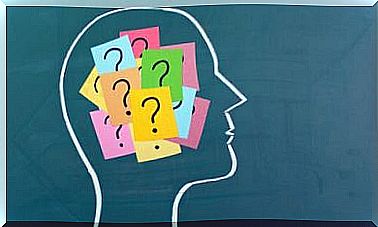The Three Marks Of Life According To Buddhism
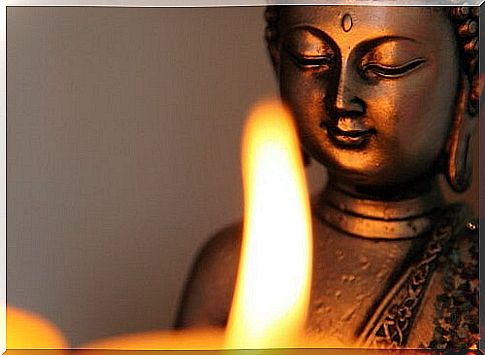
The three marks of life refer to three characteristics intrinsic to human existence. Originally they are called Tri-Lasana , although they are also called the Three Seals of Existence or the Three Seals of Dharma. It is one of the fundamental teachings of Buddhism.
These three realities try to explain what the nature of the perceived world looks like and all the phenomena that occur in it, besides assuming the basis for personal liberation. However, it is important not only to understand them on an intellectual level, but also to accept them fully and authentically on an emotional level, consistent with attitude and behavior.
Most of the problems that plague us are related to the fact that we do not accept these three marks of life proposed by Buddhism. As a result, we sometimes feel confused, disoriented and lost. Let’s see what these three are and what makes them so deep.
1. Transience ( Anitya )
Transience is the first of the three marks of life. As Buddhism says, “ everything is impermanent ”. Everything has a beginning and an end, nothing lasts forever and ultimately everything passes. Everything is constantly changing and for this reason calm and stability are only an illusion.
Buddhists emphasize that everything that exists, inside and outside of us, is dynamic. All realities are born, live, die and be reborn transformed to begin a new cycle. Therefore, what we were yesterday is not equal to what we are today. Everything that is born must die and nothing in the universe prevents it.

2. Inconsistency of an I ( Anattā )
Buddhism emphasizes that “ Everything is without substance ”. This means that nothing exists and that nothing happens in an absolutely independent way. Everything that is and everything that happens is linked to multiple circumstances, factors and facts. There are connections between everything that exists, even if we cannot see them clearly.
On an individual level, insufficient substance refers to the absence of a true “me” or “ ego ”. Since everything changes, the “I” or this fixed identity is a misconception. We are all something that is incomplete and is happening every moment. Our existence is just something heading towards its demise.
Therefore, in this perspective, we are called to forget about ourselves, not to deal with the ego. He also stresses the importance of surrendering totally to the present moment, the here and now, instantly. It doesn’t matter what we were before and what we will be tomorrow. The important thing is the action of this moment. Meditation helps to understand this.
3. Suffering (Duhkha) , one of the three marks of life
The last of the three marks of life is suffering, which is expressed with this precept: “ Everything is unsatisfactory ”. This means that there is nothing and no one in the world that can generate constant and permanent satisfaction. In fact, for Buddhists, what generates happiness is probably the cause of subsequent suffering.
This suffering is expressed mainly in three ways. The first is physical suffering, which is the most basic form of pain and suffering. The second form of suffering is that which results from a loss, whether of a loved one, of one of our faculties or of our possibilities. The third expression of suffering is both the most subtle and the deepest. It is linked to the pain that accompanies very existence.

For Buddhists, it is possible to stop suffering, provided they understand that transience and insubstantiality are an inescapable fact of existence. The things that make us suffer are things that we do not fully accept. We tend to hang on, forgetting that everything happens, everything changes and everything only exists for a moment. Letting it flow, without resisting, is the way to banish the essence of suffering.
